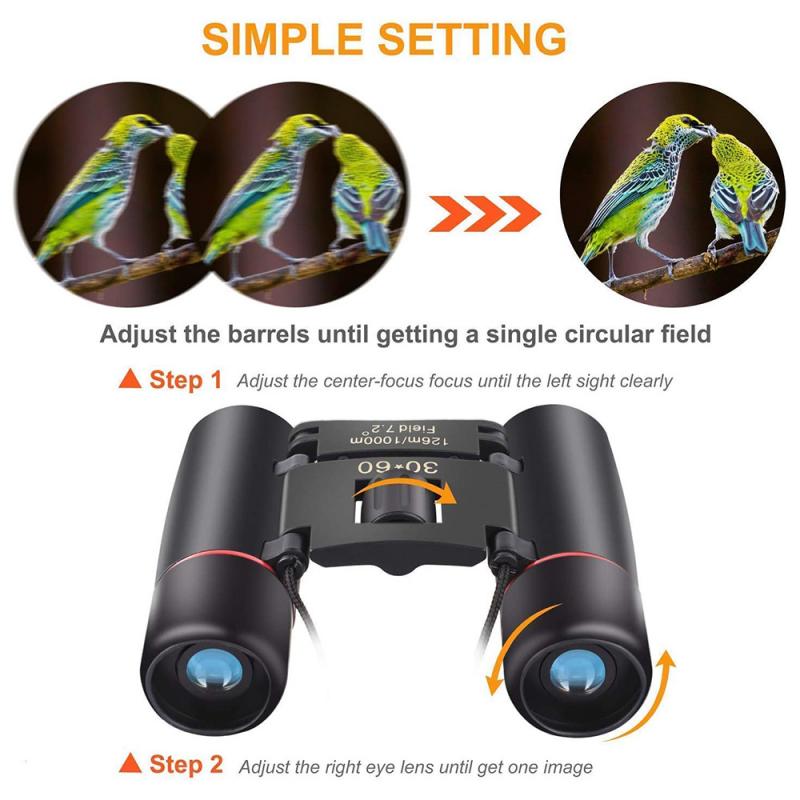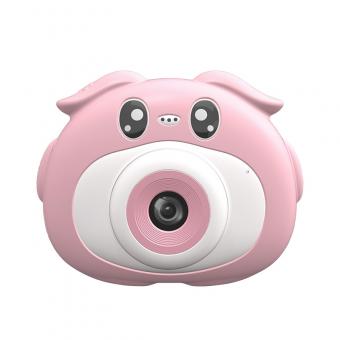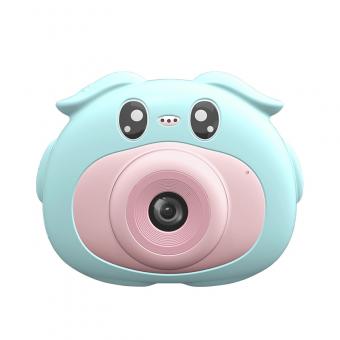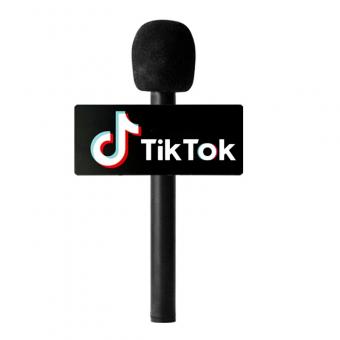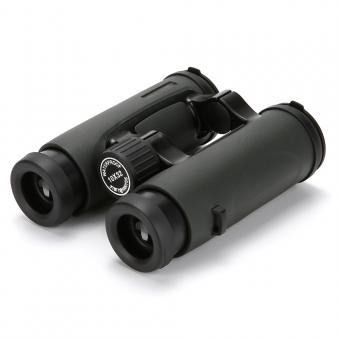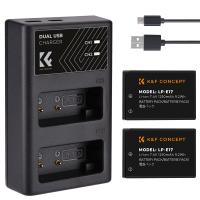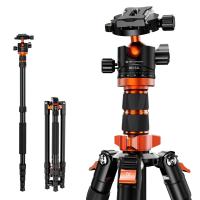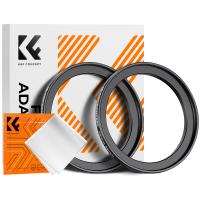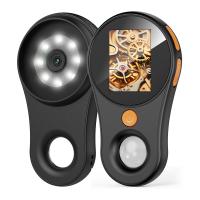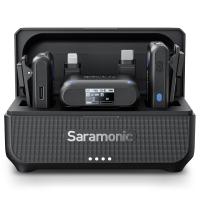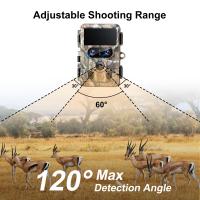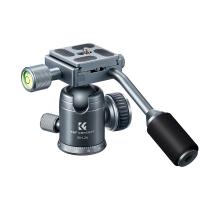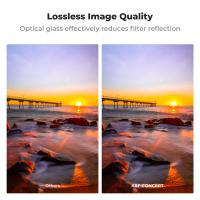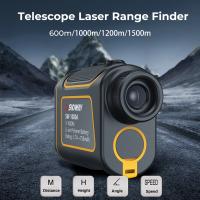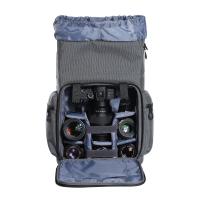How To Choose Good Binoculars ?
When choosing binoculars, there are several factors to consider. First, consider the magnification and objective lens size. Higher magnification may seem better, but it can also make the image shakier and harder to focus. A larger objective lens size will allow more light in and provide a brighter image.
Next, consider the type of prism used in the binoculars. Roof prisms are more compact and durable, while Porro prisms provide a wider field of view.
Also, consider the size and weight of the binoculars. If you plan to use them for extended periods of time, a lighter weight may be more comfortable.
Finally, consider the quality of the optics and coatings. Look for binoculars with high-quality lenses and coatings that reduce glare and provide a clear image.
Overall, the best binoculars for you will depend on your specific needs and intended use.
1、 Magnification and Objective Lens Diameter
How to choose good binoculars? One of the most important factors to consider is the magnification and objective lens diameter. Magnification refers to how much closer the object appears when viewed through the binoculars. A higher magnification means a closer view, but it also means a narrower field of view and a shakier image. A magnification of 8x or 10x is usually sufficient for most activities.
The objective lens diameter is the second number in the binoculars' specifications, such as 8x42 or 10x50. It refers to the size of the front lens, which determines how much light can enter the binoculars. A larger objective lens diameter means a brighter image, but it also means a heavier and bulkier binoculars.
However, the latest point of view suggests that other factors should also be considered when choosing binoculars. These include the quality of the lenses and coatings, the field of view, the close focus distance, and the eye relief. High-quality lenses and coatings can improve the image clarity and reduce glare. A wider field of view allows you to see more of the scene, while a shorter close focus distance allows you to focus on nearby objects. Eye relief is important for those who wear glasses, as it determines how far away from the eyepiece your eyes can be and still see the full image.
In summary, when choosing good binoculars, consider the magnification and objective lens diameter, as well as other factors such as lens quality, field of view, close focus distance, and eye relief.
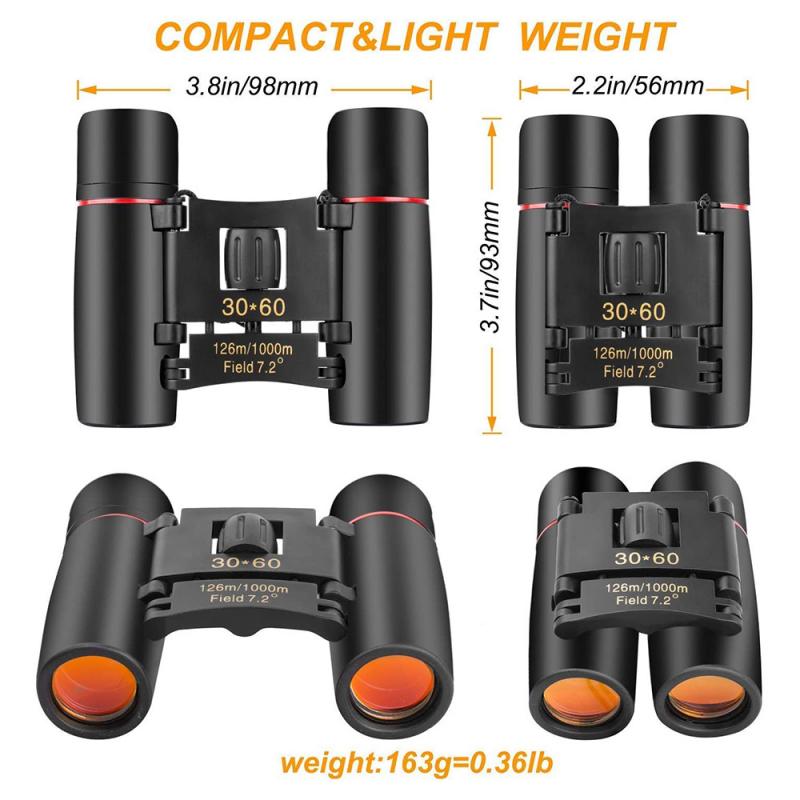
2、 Prism Type
How to Choose Good Binoculars: Prism Type
When it comes to choosing good binoculars, one of the most important factors to consider is the prism type. Binoculars use prisms to reflect and magnify the image, and there are two main types of prisms: roof prisms and porro prisms.
Roof prisms are more compact and streamlined, making them a popular choice for birdwatching and other outdoor activities. They also tend to be more expensive, as they require more precision in their construction. Porro prisms, on the other hand, are bulkier but can offer better image quality and a wider field of view.
However, there is a new type of prism that has recently gained popularity: the Abbe-Koenig prism. This prism type offers the best of both worlds, with the compactness of a roof prism and the image quality of a porro prism. They are also more durable and resistant to damage than other prism types.
When choosing binoculars, it's important to consider your specific needs and preferences. If you prioritize portability and ease of use, a roof prism may be the best choice. If image quality and a wider field of view are more important to you, a porro prism may be the way to go. And if you want the best of both worlds, an Abbe-Koenig prism may be worth the investment.
Ultimately, the prism type is just one factor to consider when choosing binoculars. Other factors to consider include magnification, objective lens size, and overall build quality. By taking the time to research and compare different models, you can find the binoculars that best suit your needs and budget.
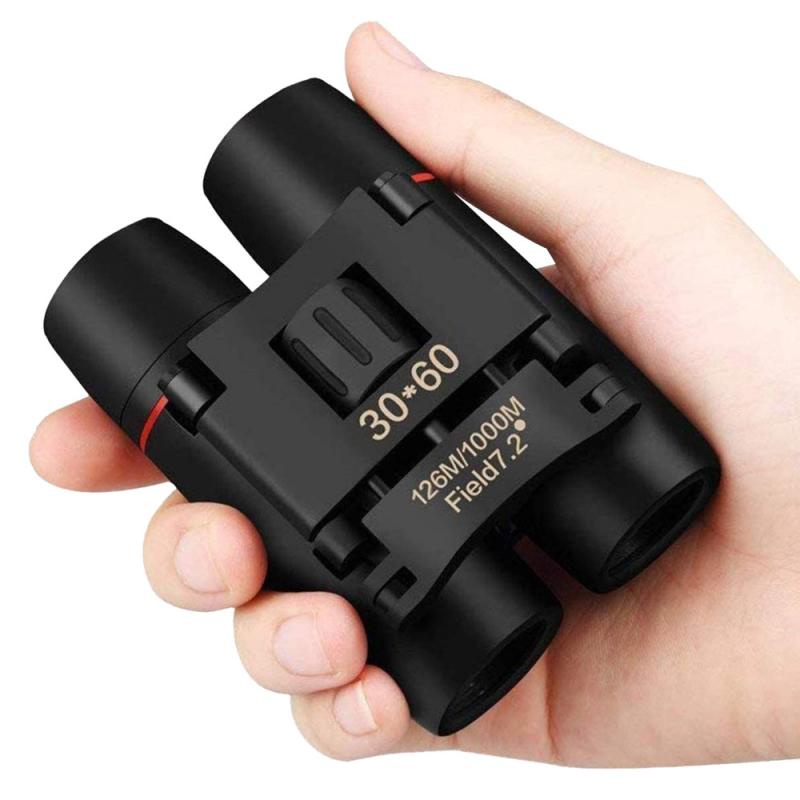
3、 Coatings
Coatings are an essential factor to consider when choosing good binoculars. Coatings are applied to the lenses to improve the quality of the image and reduce glare. The coatings also help to protect the lenses from scratches and other damages. There are different types of coatings available, and each has its benefits.
The latest point of view is that multi-coated lenses are the best option. Multi-coated lenses have several layers of coatings, which provide better image quality and reduce glare. The coatings also help to improve the color accuracy of the image, making it more natural and vibrant.
Another important factor to consider is the type of coating. There are different types of coatings, such as anti-reflective coatings, phase correction coatings, and dielectric coatings. Anti-reflective coatings reduce glare and improve image quality, while phase correction coatings help to correct the phase shift that occurs when light passes through the prism. Dielectric coatings are the most advanced and provide the best image quality.
When choosing binoculars, it is essential to consider the quality of the coatings. High-quality coatings will provide better image quality and reduce glare, making it easier to see objects in different lighting conditions. It is also important to choose binoculars with coatings that are durable and can withstand harsh conditions.
In conclusion, coatings are an essential factor to consider when choosing good binoculars. Multi-coated lenses with anti-reflective, phase correction, and dielectric coatings provide the best image quality and reduce glare. It is also important to choose binoculars with durable coatings that can withstand harsh conditions.
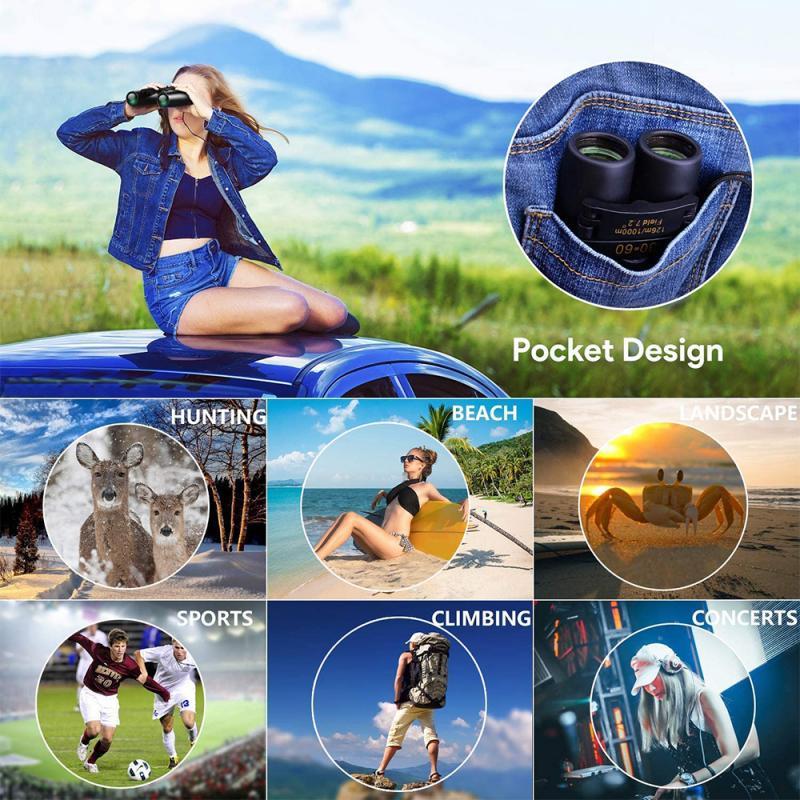
4、 Eye Relief
Eye relief is an important factor to consider when choosing good binoculars. Eye relief refers to the distance between the eyepiece and your eye when the binoculars are in focus. It is particularly important for people who wear glasses or have a higher prescription, as they need more space between their eye and the eyepiece to see the entire field of view.
When choosing binoculars, look for a model with an eye relief of at least 15mm. This will ensure that you can comfortably use the binoculars with glasses on. Some models even have adjustable eyecups that can be twisted up or down to accommodate different eye relief needs.
It is also important to note that eye relief can affect the field of view. Longer eye relief can result in a smaller field of view, while shorter eye relief can result in a wider field of view. Consider your intended use for the binoculars when making this decision.
In recent years, manufacturers have been developing new technologies to improve eye relief, such as the use of aspherical lenses and coatings that reduce glare and improve image quality. These advancements can make a significant difference in the overall viewing experience.
In summary, when choosing good binoculars, pay attention to the eye relief to ensure a comfortable and clear viewing experience, especially for those who wear glasses. Consider the intended use and look for models with advanced technologies that improve eye relief and image quality.
